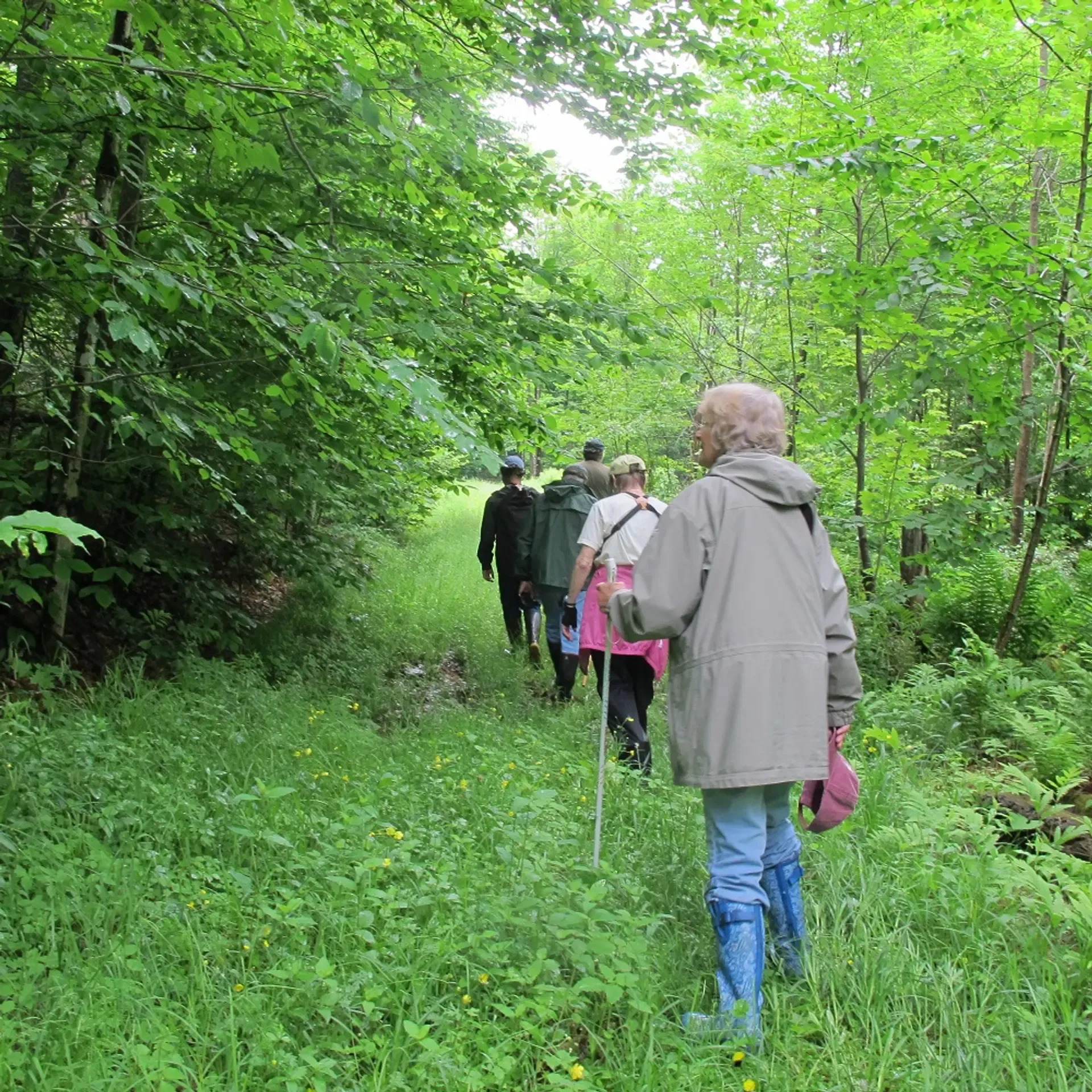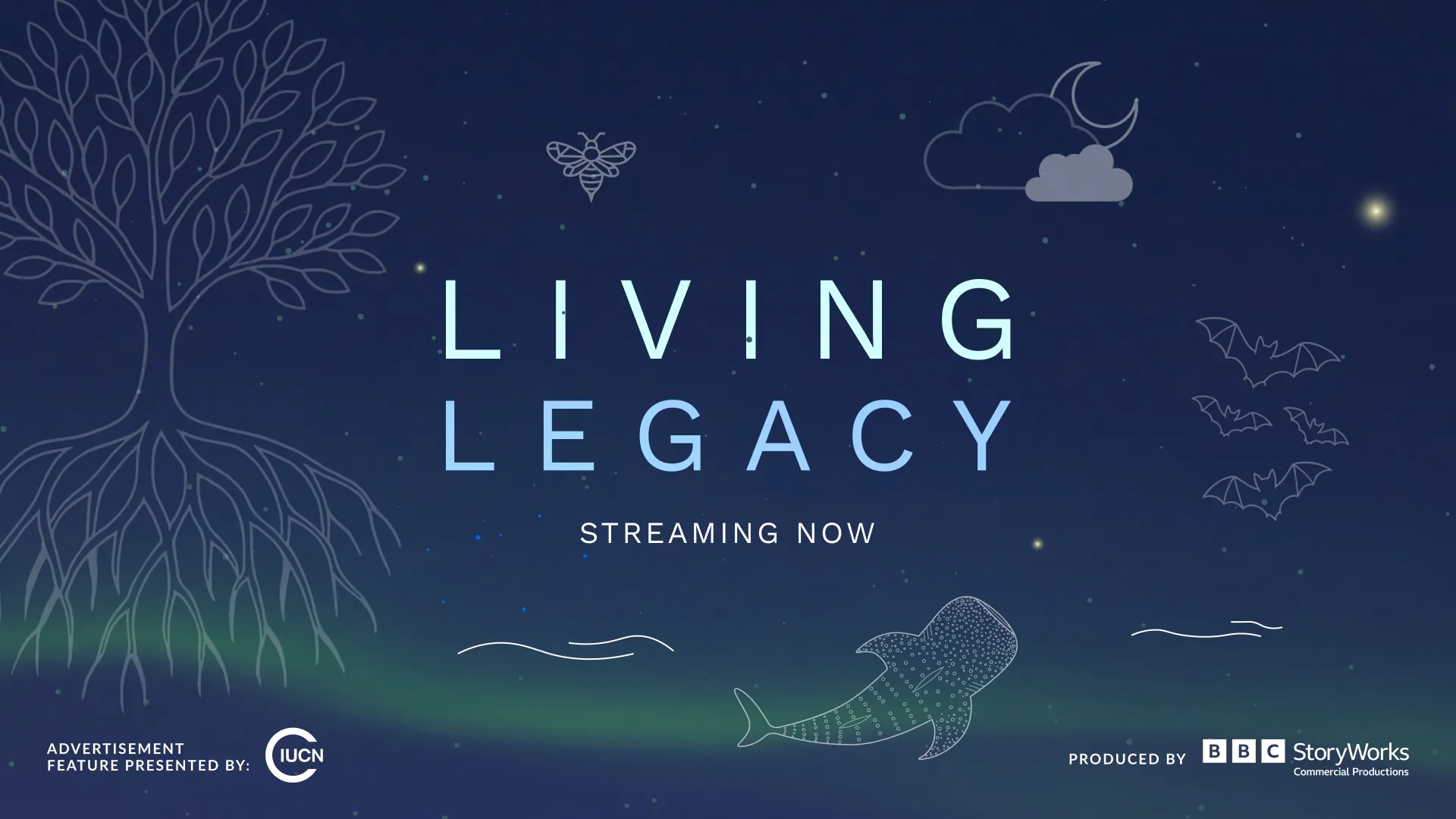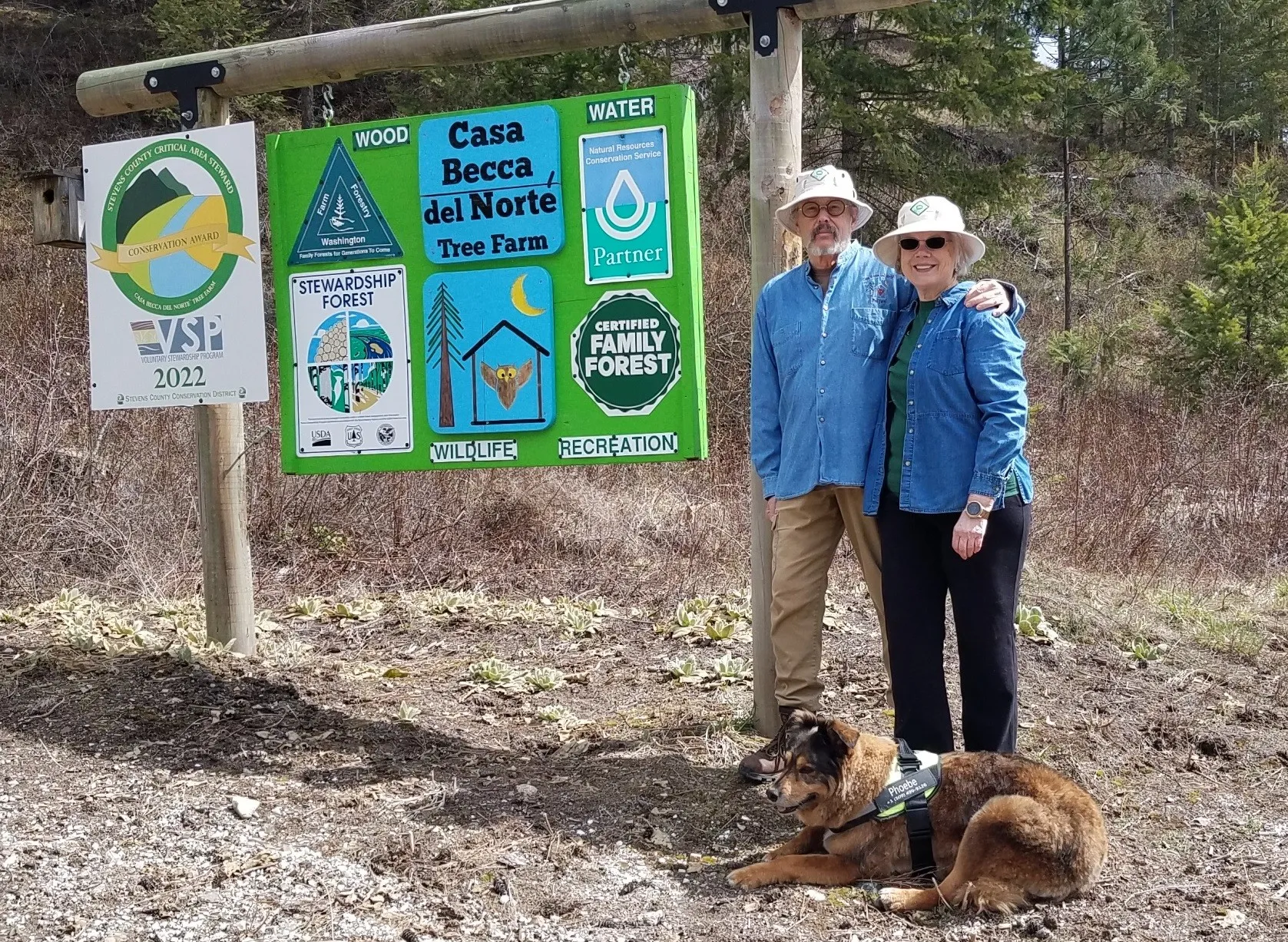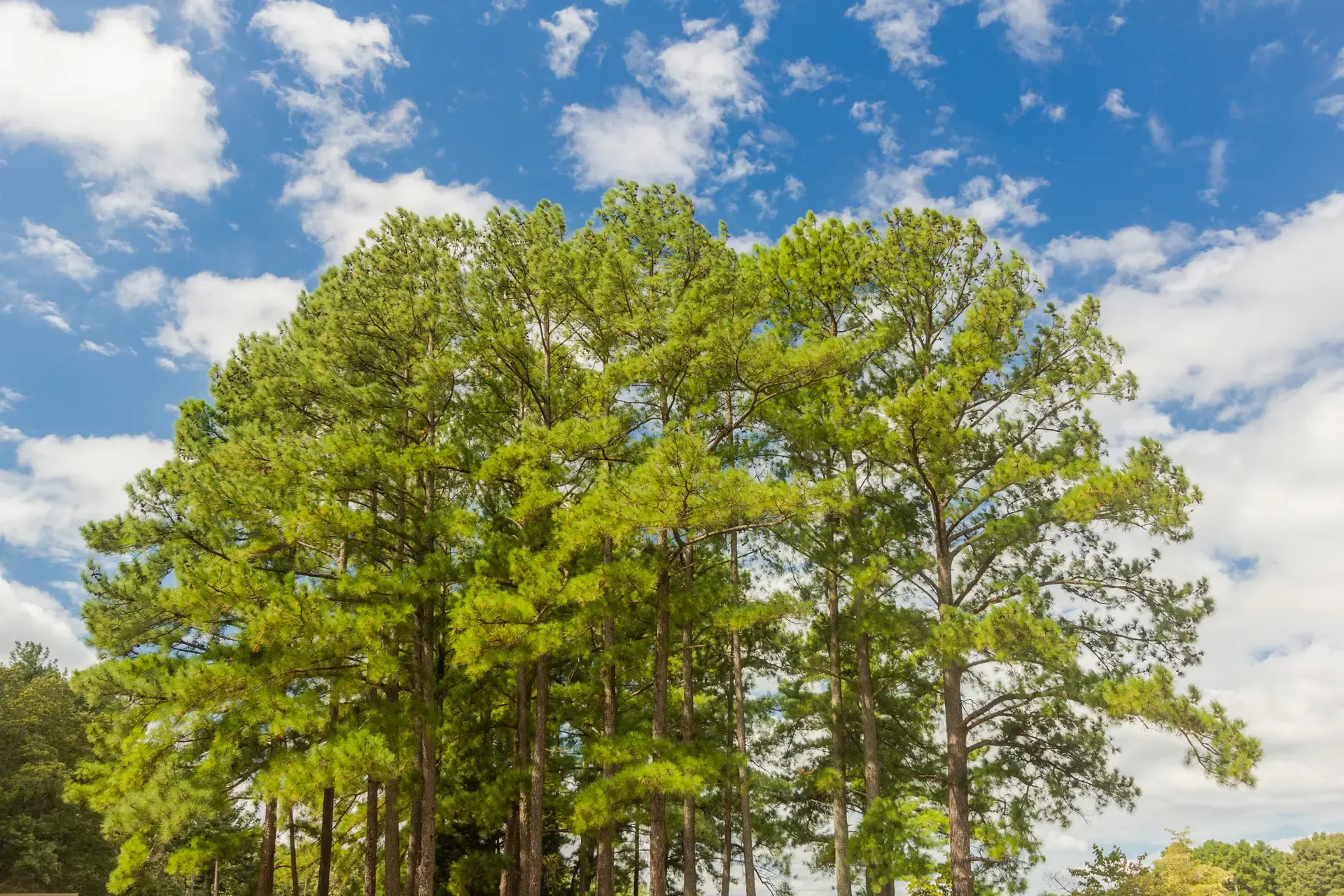Giving Back for the Forests of Tomorrow

In 1981, well into careers and childrearing, California-based Peter and Julie Parker “sought a change from city living that could give us a Vermont experience with a hands-on connection to our own piece of New England forestland,” says Julie. The two were thrilled to find an old hill farm in tiny Granville, VT. But neither knew much about how to manage their new woodlands. “Acquiring the skills and science of stewardship forestry became our new avocation,” says Peter.
With the way forward about as clear as the tangled underbrush, the couple called county forester Tom Bahre for guidance. Tom met with the Parkers and gave them advice that would kickstart their stewardship. “He helped us find stone boundary walls and laid out our first forest road as we trooped beside him,” says Peter. He also urged them to bring in a private professional forester to advise on managing the many challenges and promises that lay ahead.
The Parkers took Bahre’s advice and hired forester Randy Wilcox, an inspector with the American Tree Farm System, a program managed by the American Forest Foundation that provides family forest owners the tools they need to keep their forests healthy. Wilcox got to know the Parkers and the goals they had for their land, then drew up a management plan, focused on wildlife habitat and overall good stewardship.
Inspiration also helped along the way: The couple had visited Vermont’s Outstanding Tree Farm of 1981, a majestic pine forest. “That visit motivated us to join the Vermont Tree Farm Program and continue attending yearly field trips,” says Peter. To the Parkers, the program represented good forest management. It was after this visit that the Parkers discovered the potential that came with sustainably managing their land.
Learning and Teaching for Better Habitat
During a visit from Nathan Truitt, AFF’s Vice President of Strategic Partnerships, Peter and Julie learned about the Woods, Wildlife, and Warblers Program. This program is a partnership of AFF, Audubon Vermont, the Vermont Tree Farm Committee, and Vermont Woodlands Association that works to involve landowners in the protection of bird habitat. It provides essential resources such as expert information and site visits to landowners so that they can learn how to best care for their woods and the wildlife that depend on them.

Julie Parker leading a Vermont Mad Birders event on her property.
This program taught the Parkers a lot about their land, but it also taught Peter that he needed to cut out even more invasives, which he calls an ongoing job. A responsible landowner’s work is never done.
The Parkers have met forest plan objectives—for growing quality timber and keeping a healthy and diverse forest through a succession of timber and firewood harvests—for decades. Most areas are managed following uneven aged guides, integrating wildlife habitat, water quality, and aesthetics where appropriate or as needed—all with the overarching goal of improving habitat.
“It’s very important to have areas like ours and larger pieces of forest land,” Peter declares. “Bears, moose, and larger species need connectivity—they can wander from one ownership to the next to find food and cover. Our desire is to contribute to that healthy forest habitat.”
The Importance of Succession Planning
“Realizing that without succession planning a forest can often be broken up by the attraction of subdivision,” Peter says, “we have tried to instill in our children a love for family forests and a knowledge of the practical benefits of forest management for revenue.” This work, too, has had its challenges, surprises, and rewards.
One of the Parkers’ proudest contributions to forest succession is acquiring forest land from neighbors who planned to subdivide. The original 187 acres grew to 560, immediately incorporated into the couple’s forest management plan. Besides bringing quality timber, the additions created contiguous land areas for wildlife connectivity, clean water, and carbon sequestration.
Having attended Tree Farm conventions as well, the Parkers were well versed in conservation easements by fall 2017, when they finalized one with the Vermont Land Trust to protect 540 of their forested acres. This easement allows the public to hike, ski, and ride, but the land can never be sold for development.

“They Have Demonstrated Their Deep Commitment”
The 2018 Outstanding Vermont Tree Farm sign is posted proudly on several maplewood gates. Peter wants passersby to know “this is a managed forest in perpetuity, not subdivided, and recognize that there are people who feel it’s important to care for their land and trees.”
That’s also why he and Julie became donors to AFF. It’s not just critical to keep our forests as forests, but those forests must be actively cared for to keep them productive for the myriad benefits they provide. Peter elaborates: “Our Forests are crucial for wildlife, for carbon sequestration, for wood—the most environmentally friendly commercial building material in the world,” he says. “Certification is important so the public knows that the wood they use comes from forests that are well managed and well maintained for future generations.”

After all, he says, forests that are more valuable are more likely to be kept as forests than be converted to homes sites, parking lots, or retail space. By supporting the goals of AFF—through personal labor, through teaching, through donations, and so on—the Parkers are helping ensure that forests are protected for many generations to come.
“Peter and Julie are not only valued supporters of AFF’s conservation programs,” says Ema Johnson, AFF’s Northeast Strategic Partnership Manager. “They have demonstrated their deep commitment to forest stewardship through their continued investments in AFF’s conservation programs.
“They are teaching us what it means to be committed to positive change in the woods. I am continually impressed by their lifetime dedication to family forests. With their financial support, we’ve been able to develop, implement, and improve our action on the ground.”
As Julie wrote long ago, the farm “is one small model of forest balance in America that connects us to stewards of land we will never know, but will speak with through the trees that outlive us.” Her and her husband’s deep involvement with AFF has helped ensure that the trees—and the wildlife, water, and all else within—thrive well into the future.
Related Articles

November 20, 2025
New Film Showcases Carbon Project’s Impact on Family Landowners and Nature
The American Forest Foundation (AFF), a national organization committed to empowering family forest owners to create meaningful conservation impact, announced today the release of a new film that tells the story of the Family Forest Carbon Program (FFCP) and its impact on people and the planet.

November 6, 2025
Meet the 2025 Outstanding Tree Farmers of the Western Region – Lynn and Becky Miner
Lynn and Becky Miner’s story is one of vision, perseverance, and transformation. When they first purchased their 100-acre property near Chewelah, Washington in 1992, it was far from the thriving, diverse forest it is today. They have poured their energy into turning “Casa Becca del Norte” (Becky’s House in the North) into a model Tree Farm, earning the recognition as 2025’s Outstanding Tree Farmers of the western region.

June 3, 2025
Why Wildlife Loves Loblolly—And How These Pines Can Benefit Your Land
A quiet stretch of pine trees can offer more than just scenery—it can provide vital habitat for wildlife across every season. Loblolly pine, the most common native tree species in the Southeast, plays a particularly important role in creating habitat for a wide variety of game and non-game species, from wild turkeys and rabbits to songbirds and squirrels.